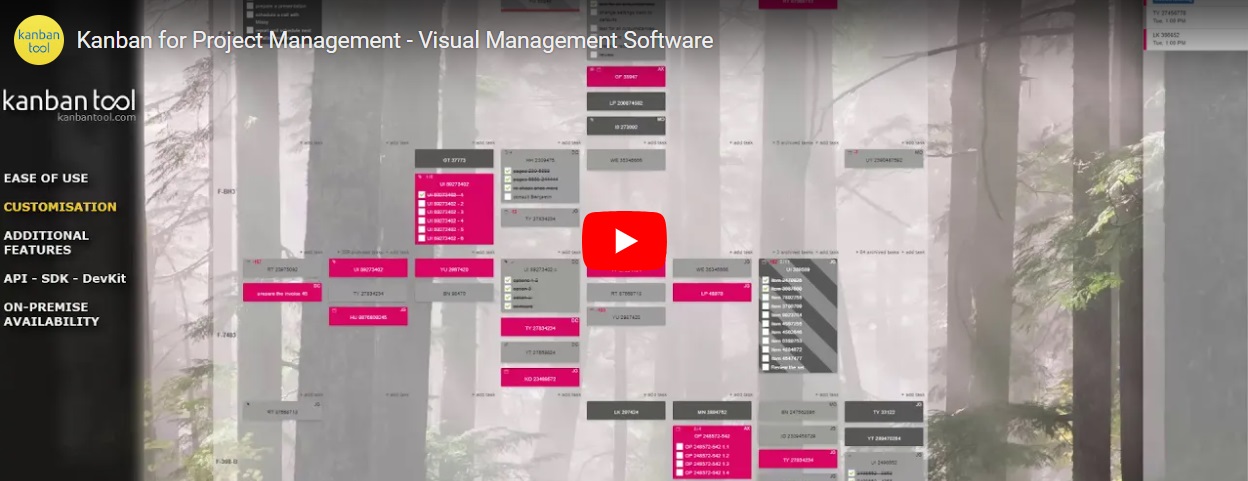Blog
Set Your Workday for Success in Just Four Steps!12 Oct 2022

Knowledge workers can sometimes experience an uneasy feeling, a sense of having not done much during their workday. It especially can happen if you get to compare your day to that of a physical worker. You might wonder: what was I doing all day? Did I accomplish anything in particular? Or was I staring at the screen pushing pixels from one end to the other? The reason you may feel that way is non-physical work's nature itself: it's usually invisible. Furthermore, many of the tasks that knowledge workers, such as researchers, software developers, and writers, engage in are long - requiring days or even months to get done. Understandably, there are days when you feel as though nothing got done. But this approach is neither helpful nor motivating. So, how can you change your perception of your workday and its accomplishments?
1. Visualize.
Having acknowledged that a part of the problem with non-physical work measurement is the lack of tangible objects to put on the "done" pile, the most straightforward cure will be giving the work items an identifiable, measurable form. If you want to start small, it might be a list on which you'd write and cross out the done elements. Or it could be a Kanban board, with columns standing for work completion stages and colorful cards representing each thing to do.
The upshot of choosing a visual board here is that it will better support those longer tasks completion and tracking, offering you a way to see what you worked on all day, even if you did not move any tasks to "done". How? E.g., the Kanban Tool board will track your working time automatically, and even if you cannot move the started task to the completed column, you will see what you were working on and for how long each day, week, and month. The biggest strength of adopting Kanban for work productivity is its simplicity - rather than costing you work to set it up and maintain - it will save the time you spend each day on planning what to do and when to do it.

2. Split up work and record it.
If the goal is to have the ability to see how far along a complex and time-consuming task you've come, then we'd recommend not only creating a task object on your board but also splitting it into stages, sub-stages, checklists, etc. That way, although you may still not be able to complete the complex tasks in one sitting, you will get the chance to record the progress and see how far along you are. Not to mention that it will boost your ability not to miss any part of the drawn-out task by describing it well in steps.
Keeping a record of the already done steps will be of additional help should you get disturbed in your flow - for as long as the described sub-steps are small enough, getting back into the work after an interruption should be less of a problem.
3. Match the plan to your character traits.
The typical advice for people looking to improve their work style, routine, or efficiency is to start with the most arduous task and then work their way down the difficulty level as the day progresses. That can immensely help people minimize stress, perform better and get more done. But it will not work for everyone. Those people, who take a long while to get going in the morning and reach their top mental state after the 3rd, not 1st cup of coffee, might do better with a different approach. For example, get started with some low-level, simple, or routine tasks such as replying to emails, planning meetings, ordering work materials, etc., and tackle the serious/hard work after that, once your mind is at its peak.
The point is to match your work plan to the way you operate on a daily basis and not to the ways others have found to be effective.

4. Be aware of distractions.
The best plan is good for nothing if you cannot to adhere to it. That's why you have to assume and prepare for distractions. Emails, calls, colleague five-minute requests that end up taking two hours, unplanned meetings cropping up, you name it. What could work for many knowledge-based work scenarios is setting time aside to reply to emails and return calls, e.g., just once a day, and muting all notifications outside that time window. For roles in which this cannot work, knowing your priorities might. It's down to you to judge if it's more important to reply to an email immediately or if maintaining your flow state on a creative task is more beneficial to the day/project/role, as a whole.
Automating all the jobs that you can is also a way of minimizing distractions. You can tell your devices at what times you can be disrupted, and you could also display that information on your office door. You may also invite your teammates to join and use the Kanban board with you - adding quick comments and sharing files directly on tasks rather than creating tens of emails and questions to come in and ask each week.
With careful planning and attentive tracking, it will become possible to spend a day in your non-physical job scenario and know what you've done at the end of each day. Just add a visual/tangible layer to it. And the benefits will pay off - after all, no one likes the limbo feeling when you've been sitting at a desk for x hours and cannot tell what you've done once you're out the door. Having a summary of what you've done should work to increase your job satisfaction, might also improve productivity, or even smooth out the way you think!
Sign up for a 14-day free trial
to test all the features.
Sign up now and see how we can help
your organization deliver exceptional results.